
How to Use HW-532 Mosfet: Examples, Pinouts, and Specs
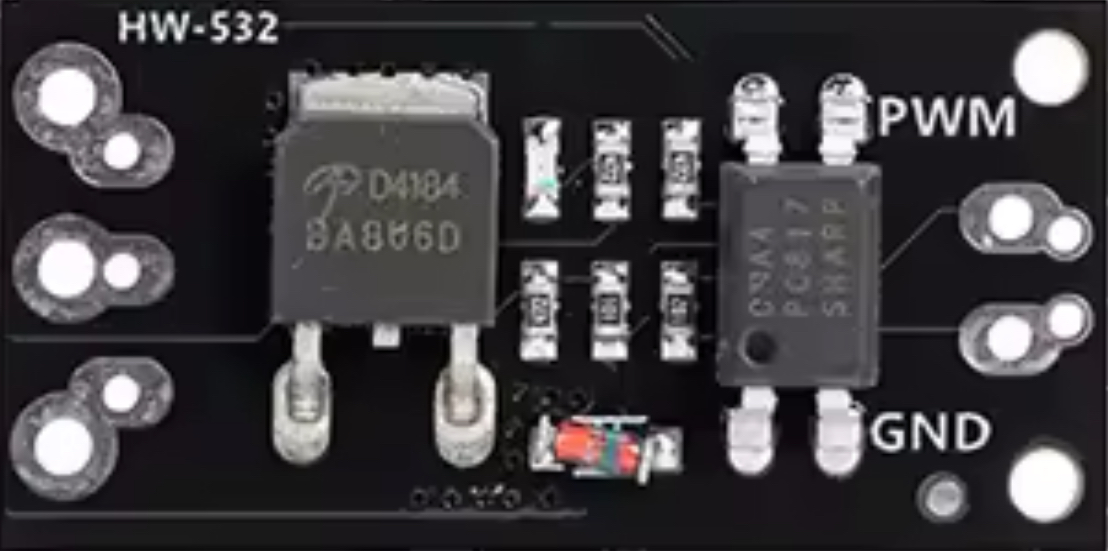
 Design with HW-532 Mosfet in Cirkit Designer
Design with HW-532 Mosfet in Cirkit DesignerIntroduction
The HW-532 is a Metal-Oxide-Semiconductor Field-Effect Transistor (MOSFET) designed for efficient switching and signal amplification. It is characterized by its low on-resistance and high-speed switching capabilities, making it an ideal choice for applications requiring precise control of current and voltage. The HW-532 is commonly used in power management circuits, motor drivers, LED drivers, and signal processing systems.
Explore Projects Built with HW-532 Mosfet
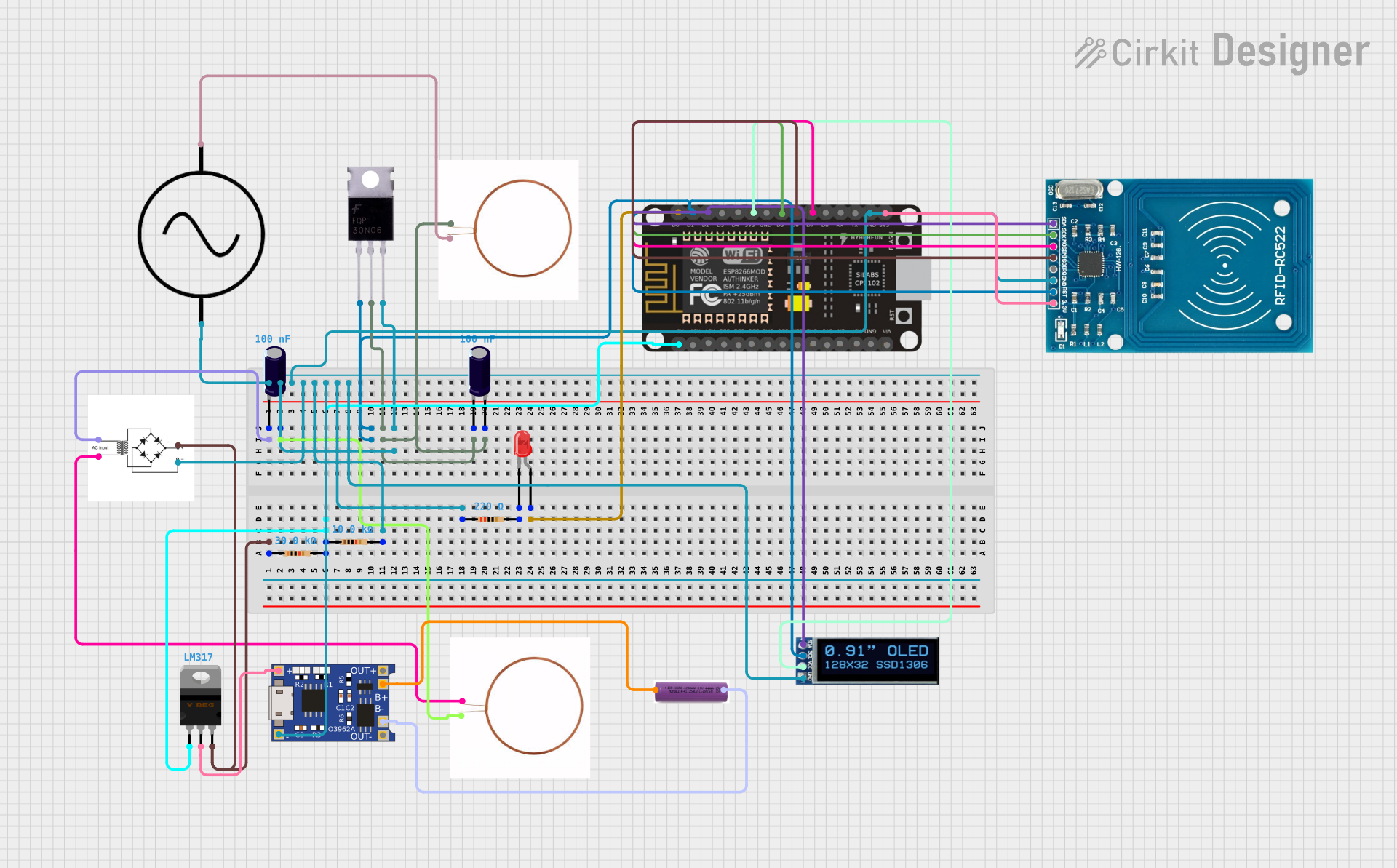
 Open Project in Cirkit Designer
Open Project in Cirkit Designer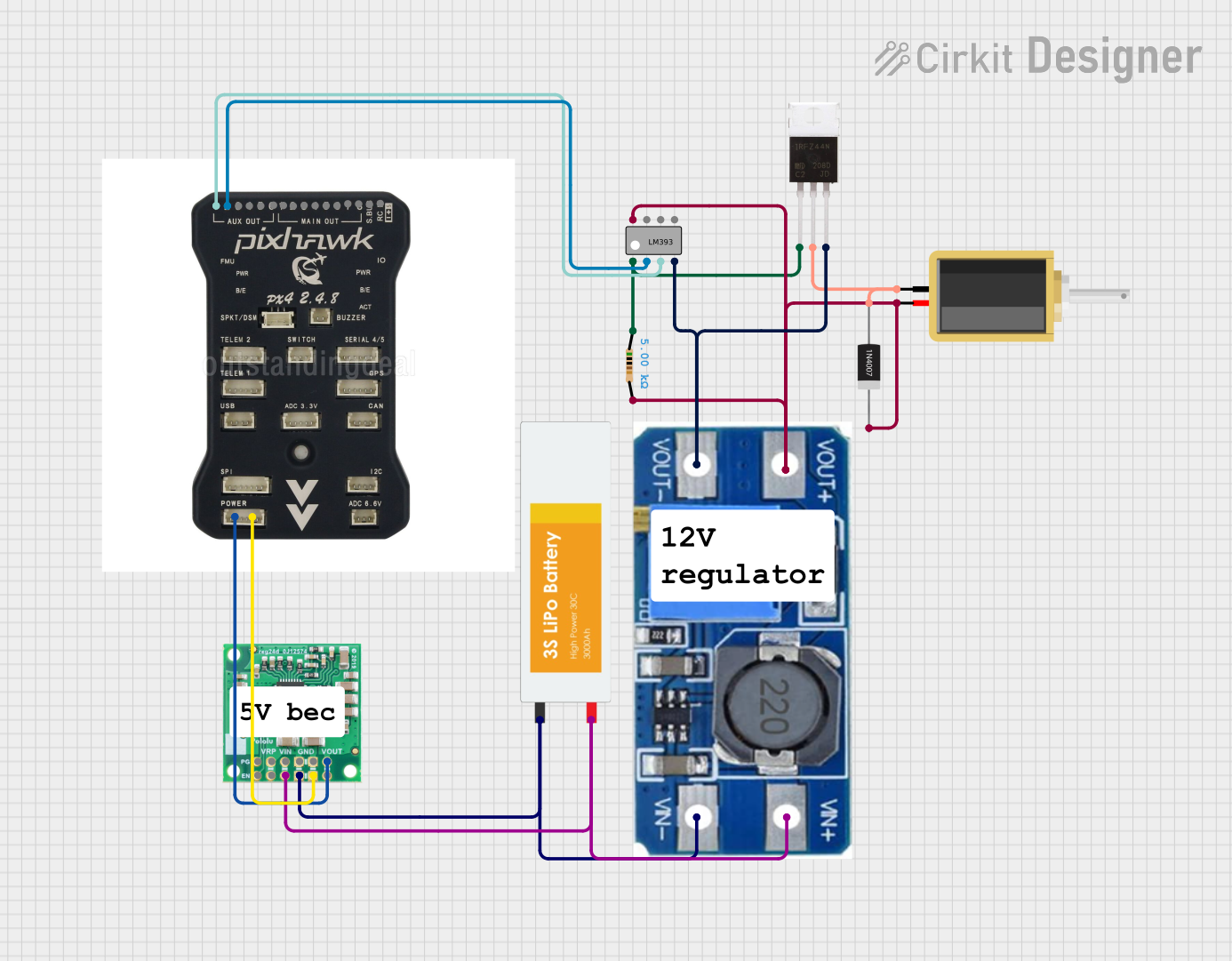
 Open Project in Cirkit Designer
Open Project in Cirkit Designer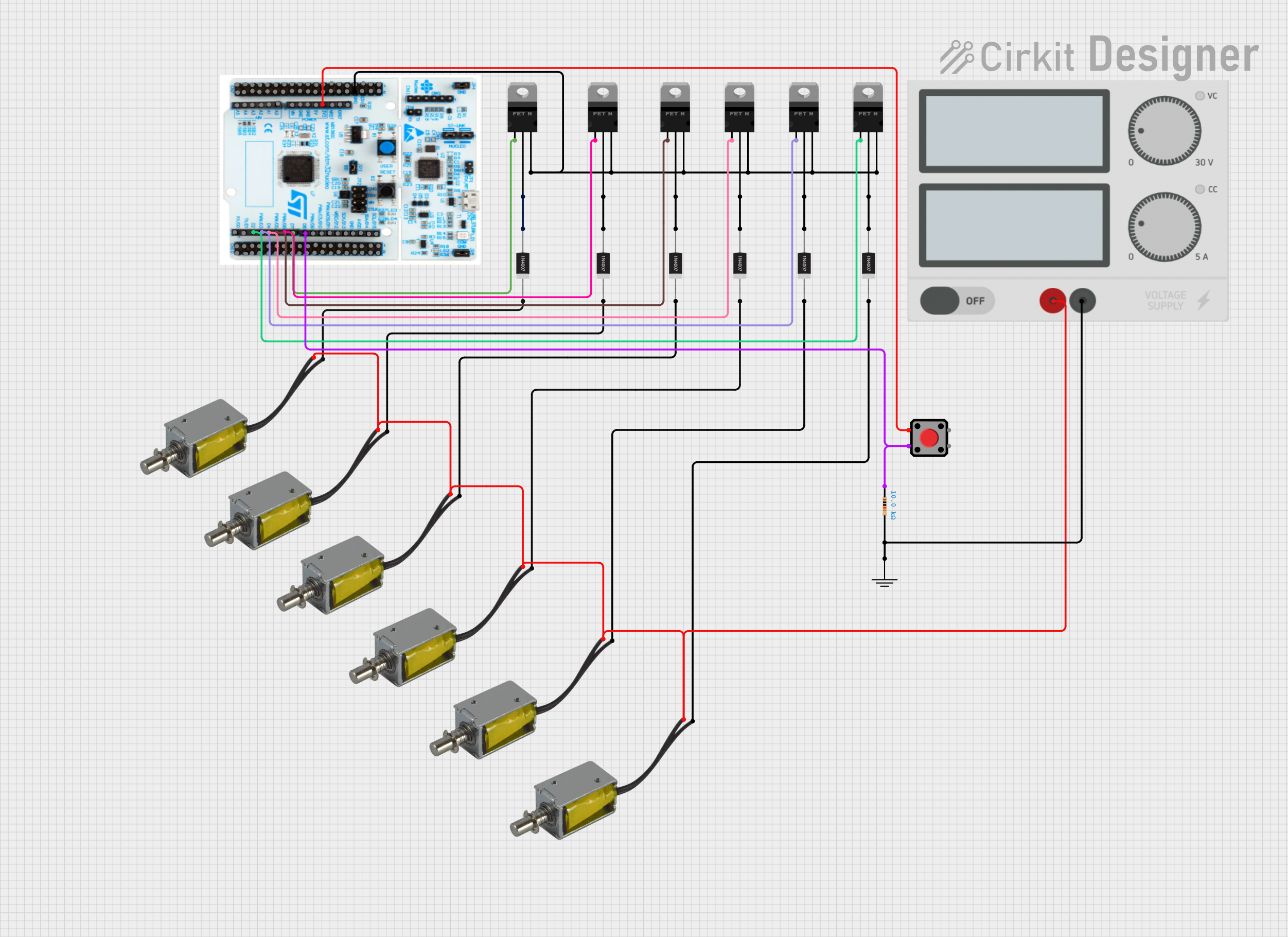
 Open Project in Cirkit Designer
Open Project in Cirkit Designer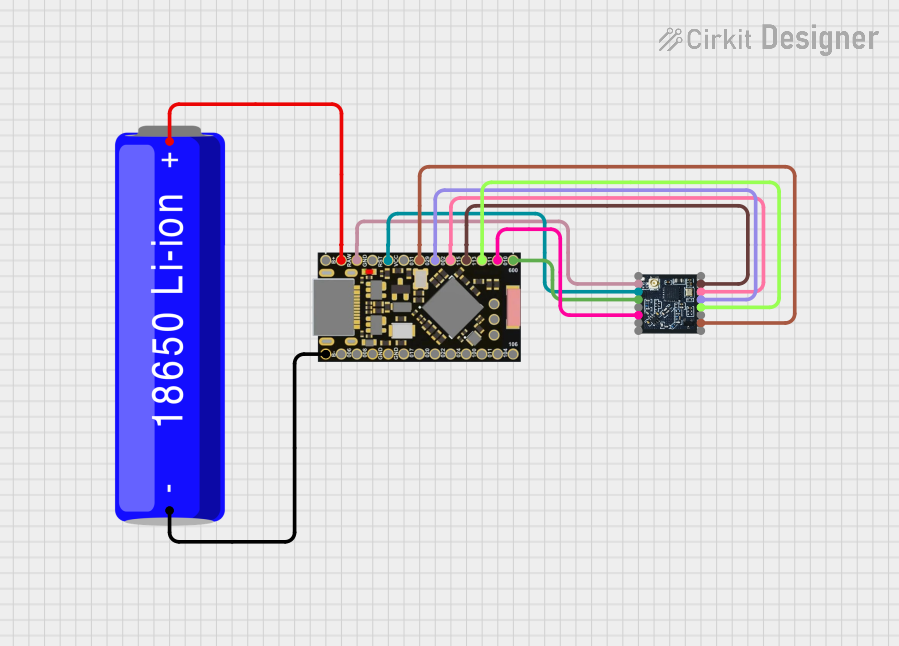
 Open Project in Cirkit Designer
Open Project in Cirkit DesignerExplore Projects Built with HW-532 Mosfet

 Open Project in Cirkit Designer
Open Project in Cirkit Designer
 Open Project in Cirkit Designer
Open Project in Cirkit Designer
 Open Project in Cirkit Designer
Open Project in Cirkit Designer
 Open Project in Cirkit Designer
Open Project in Cirkit DesignerCommon Applications:
- Power supply circuits
- Motor control and drivers
- LED dimming and control
- Signal amplification in audio and RF systems
- Battery management systems
Technical Specifications
Key Specifications:
| Parameter | Value |
|---|---|
| Type | N-Channel MOSFET |
| Maximum Drain-Source Voltage (VDS) | 60V |
| Maximum Gate-Source Voltage (VGS) | ±20V |
| Continuous Drain Current (ID) | 30A |
| Pulsed Drain Current (ID,pulse) | 120A |
| On-Resistance (RDS(on)) | 0.015Ω (at VGS = 10V) |
| Gate Threshold Voltage (VGS(th)) | 2V - 4V |
| Power Dissipation (PD) | 50W |
| Operating Temperature | -55°C to +175°C |
| Package Type | TO-220 |
Pin Configuration:
The HW-532 MOSFET is typically available in a TO-220 package with three pins. The pinout is as follows:
| Pin Number | Name | Description |
|---|---|---|
| 1 | Gate | Controls the MOSFET's switching state. A voltage applied here determines whether the MOSFET is on or off. |
| 2 | Drain | The main current-carrying terminal. Current flows from the drain to the source when the MOSFET is on. |
| 3 | Source | The terminal through which current exits the MOSFET. |
Usage Instructions
How to Use the HW-532 in a Circuit:
- Gate Control: Connect the gate pin to a control signal (e.g., from a microcontroller or a signal generator). Ensure the gate voltage (VGS) is within the specified range (typically 10V for full switching).
- Drain-Source Connection: Connect the load (e.g., motor, LED, or resistor) between the drain pin and the positive supply voltage. The source pin should be connected to ground.
- Gate Resistor: Use a resistor (typically 10Ω to 100Ω) in series with the gate to limit inrush current and prevent damage to the MOSFET.
- Flyback Diode: For inductive loads (e.g., motors or relays), connect a flyback diode across the load to protect the MOSFET from voltage spikes.
- Heat Dissipation: Attach a heatsink to the MOSFET if the power dissipation exceeds safe limits.
Example Circuit with Arduino UNO:
The HW-532 can be used to control a DC motor with an Arduino UNO. Below is an example circuit and code:
Circuit Connections:
- Gate: Connect to Arduino digital pin 9 through a 100Ω resistor.
- Drain: Connect to one terminal of the motor.
- Source: Connect to ground.
- Motor: Connect the other terminal to the positive supply voltage (e.g., 12V).
- Flyback Diode: Place a diode (e.g., 1N4007) across the motor terminals, with the cathode connected to the positive supply.
Arduino Code:
// Define the pin connected to the MOSFET gate
const int mosfetGatePin = 9;
void setup() {
// Set the MOSFET gate pin as an output
pinMode(mosfetGatePin, OUTPUT);
}
void loop() {
// Turn the MOSFET on (motor runs)
digitalWrite(mosfetGatePin, HIGH);
delay(1000); // Keep the motor on for 1 second
// Turn the MOSFET off (motor stops)
digitalWrite(mosfetGatePin, LOW);
delay(1000); // Keep the motor off for 1 second
}
Important Considerations:
- Ensure the gate voltage (VGS) is sufficient to fully turn on the MOSFET (typically 10V for the HW-532).
- Avoid exceeding the maximum voltage and current ratings to prevent damage.
- Use proper heat dissipation methods, such as heatsinks or active cooling, for high-power applications.
- For PWM (Pulse Width Modulation) control, ensure the switching frequency is within the MOSFET's capabilities.
Troubleshooting and FAQs
Common Issues and Solutions:
MOSFET Overheating:
- Cause: Insufficient heat dissipation or excessive current.
- Solution: Attach a heatsink or reduce the load current.
MOSFET Not Switching On:
- Cause: Gate voltage (VGS) is too low.
- Solution: Ensure the gate voltage is at least 10V for full switching.
Load Not Operating Properly:
- Cause: Incorrect wiring or insufficient power supply.
- Solution: Double-check the circuit connections and ensure the power supply meets the load's requirements.
Voltage Spikes Damaging the MOSFET:
- Cause: Inductive loads generating back EMF.
- Solution: Add a flyback diode across the load.
FAQs:
Q1: Can the HW-532 be used for high-frequency switching?
A1: Yes, the HW-532 supports high-speed switching, but ensure the gate driver can supply sufficient current for fast transitions.
Q2: What is the maximum PWM frequency for the HW-532?
A2: The maximum frequency depends on the gate capacitance and the gate driver. Typically, it can handle frequencies up to several hundred kHz with an appropriate driver.
Q3: Can I use the HW-532 with a 3.3V microcontroller?
A3: The HW-532 requires a gate voltage of at least 10V for full switching. Use a gate driver or level shifter if controlling it with a 3.3V microcontroller.
Q4: Is the HW-532 suitable for AC loads?
A4: The HW-532 is designed for DC applications. For AC loads, consider using a TRIAC or an IGBT.